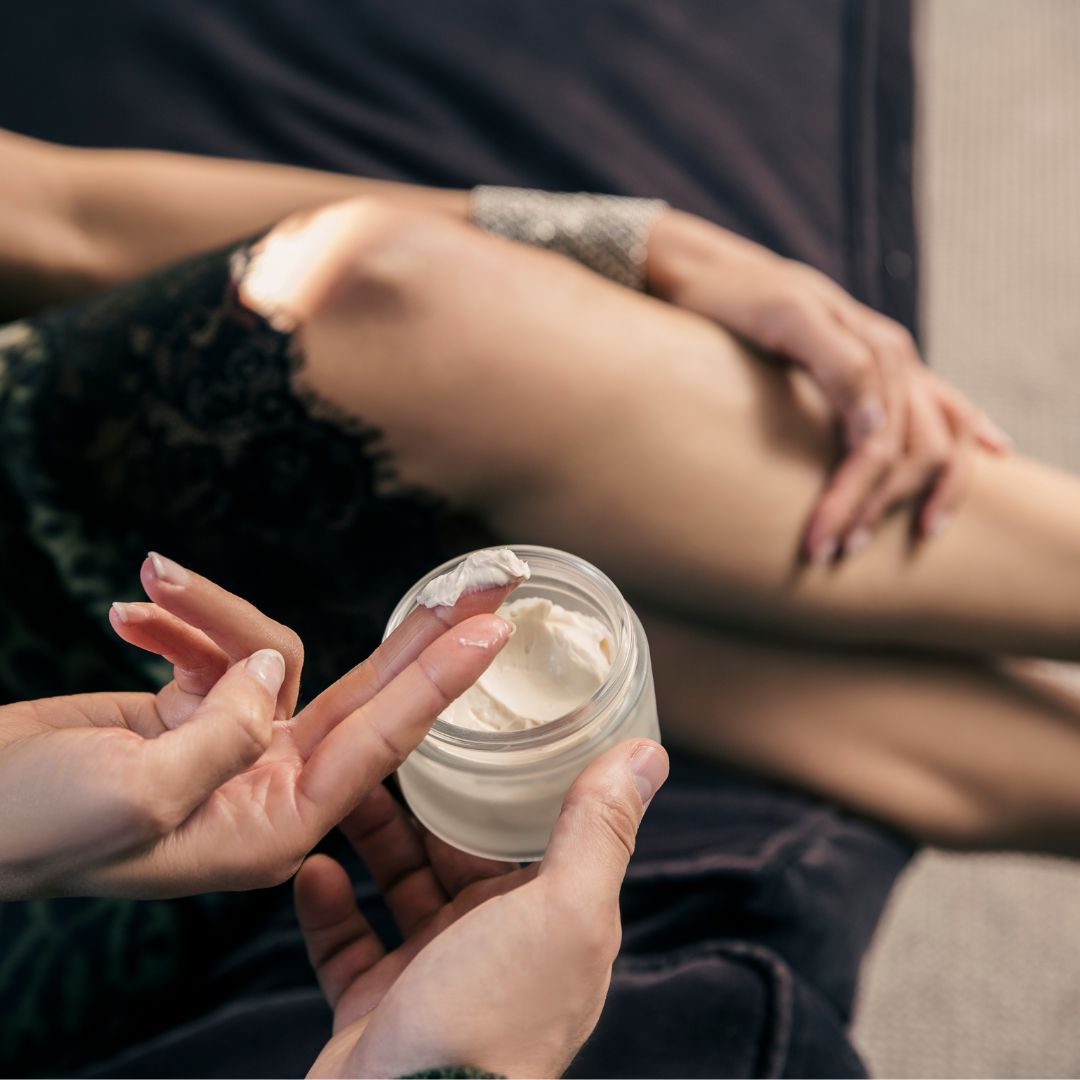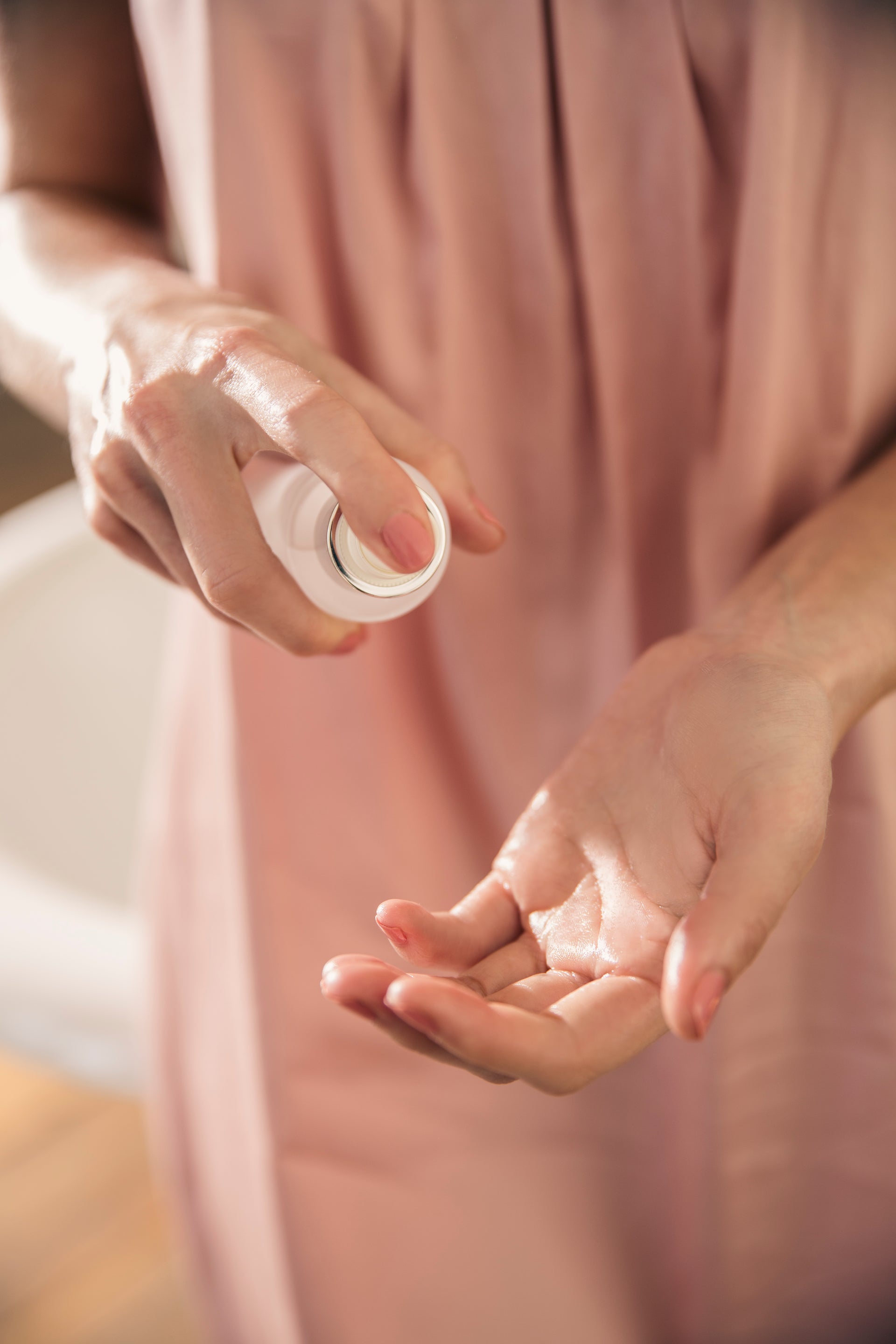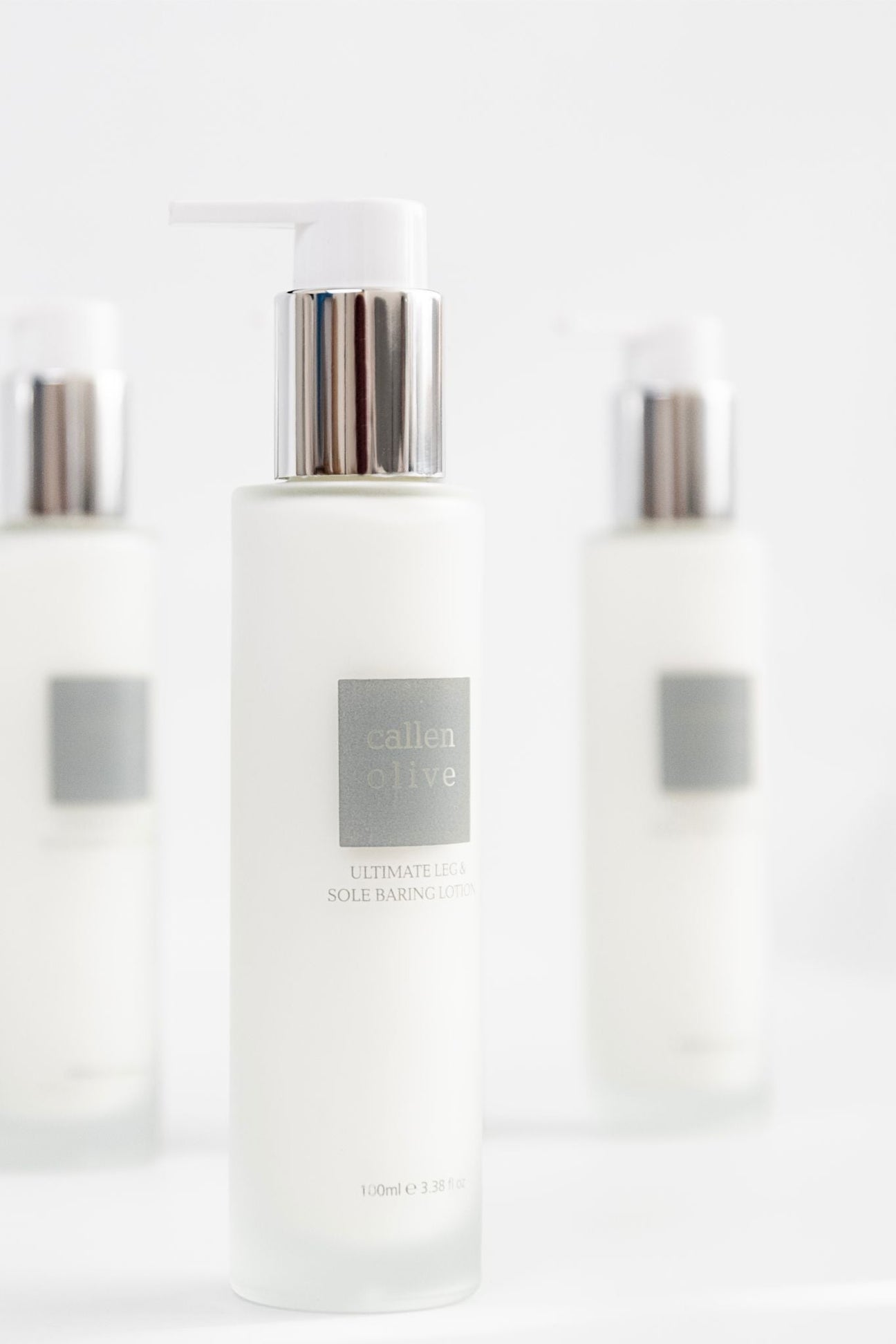Bunions, those often-debilitating foot deformities, have long been the subject of embarrassment and discomfort. With their unsightly appearance and the stigma associated with age and fashion choices, they can significantly impact one's quality of life. Yet, contrary to common belief, bunions are not simply a result of vanity or poor shoe choices; rather, they are primarily inherited.
In fact, bunions are prevalent among up to 14 million people in the UK alone. While they can indeed be exacerbated by tight, ill-fitting shoes, the root cause lies deeper within our genetic makeup. Bunions tend to run in families and can be passed down from generation to generation. Statistically, women are more susceptible to bunions than men, likely due to weaker ligaments in the feet and the frequent wearing of tight, high-heeled shoes.
The development of bunions is a complex process influenced by various factors. Abnormal foot mechanics, such as flat feet, low arches, loose joints, or tendons, can predispose individuals to bunions. These conditions affect the foot joints' natural ability to cushion and stabilise the foot while walking, resulting in abnormal weight distribution and bone alignment, ultimately leading to deformity.
Symptoms
Recognising the early signs of bunions is crucial in managing their progression. Symptoms may include the big toe bending outward toward the neighboring toe, tightness or discomfort when wearing shoes, or pain and swelling after prolonged periods of shoe wear. Seeking professional advice at the onset of these symptoms can help prevent further complications.
Inflammatory joint diseases, such as rheumatoid arthritis, psoriatic arthritis, and gout, are also strongly associated with bunions. These conditions cause inflammation and deformity in the joints, including those in the feet, leading to the development of bunions over time.
Footwear
Poorly fitting footwear, particularly narrow, high-heeled shoes, can exacerbate bunions by forcing the toes into unnatural positions for extended periods. This constant pressure and misalignment contribute to the progression of bunions and may cause significant discomfort.
Pregnancy
Pregnancy and childbirth can also increase the risk of bunions due to hormonal changes and increased pressure on the feet. The hormone relaxin, released during pregnancy to facilitate childbirth, can loosen ligaments and alter foot mechanics, leading to misalignment and deformity.
Tight Calves
Additionally, tight calf muscles can impact foot mechanics, leading to excessive pressure on the toe joint and the formation of bunions. Similarly, obesity can exacerbate bunions by placing chronic strain on the foot joints, altering foot posture, and contributing to deformities.
When to seek professional help
Despite the misconceptions surrounding bunions, they are not solely indicative of poor health or lifestyle choices. Even individuals who lead healthy lifestyles can develop bunions due to genetic predispositions and other risk factors. Therefore, seeking professional advice and early intervention is crucial in managing bunions and preventing further complications.
At our clinic, we offer comprehensive evaluations and personalized treatment plans for individuals with bunions. From conservative management strategies to surgical interventions, we provide holistic care to address the unique needs of each patient.
Don't let bunions dictate your quality of life. Take proactive steps to address them and explore the various treatment options available. Our team is here to support you every step of the way on your journey to healthier, happier feet. Click here to book an appointment, or please call us if you have any further questions.














